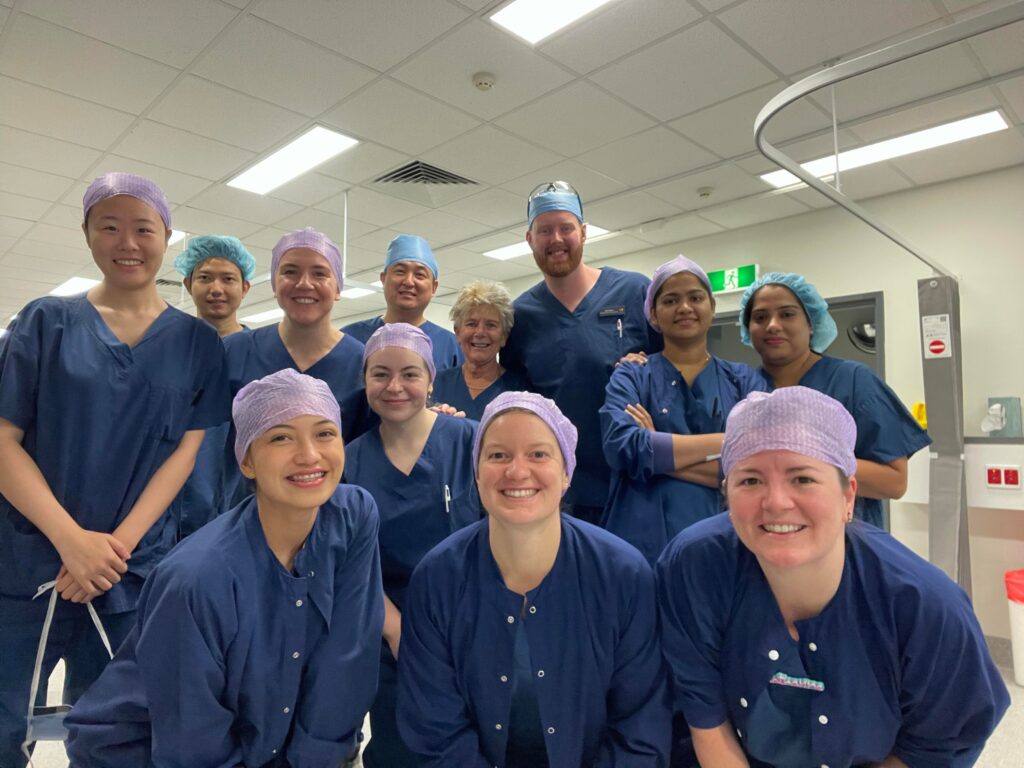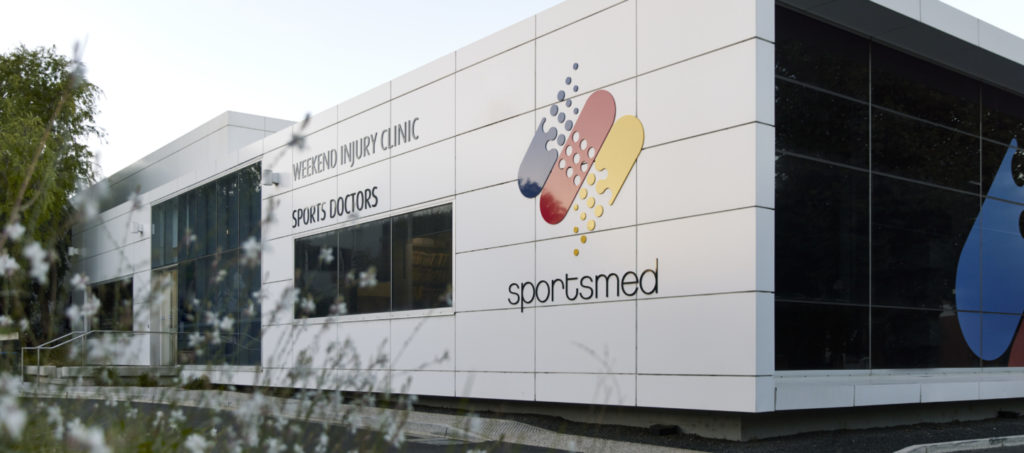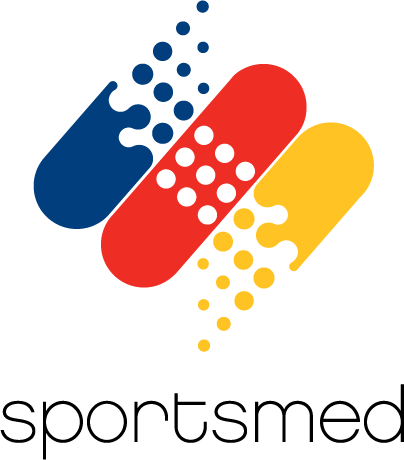An elbow sprain occurs when the elbow ligaments or tendons are stretched and/or partially torn. A ruptured ligament can cause instability and happens either as a single injury or with repetitive high loads.
The ligament sprains are graded: A Grade 1 injury is a stretch of the ligaments, Grade 2 is a partial tear and Grade 3 is a complete rupture.
signs and symptoms
Immediate pain will be felt with an elbow sprain and swelling may be noticed. The greater the pain and swelling, often the longer the healing process will last.
With a mild sprain, the elbow will become tender and stiffen. A more severe sprain will cause the skin of the affected area to become red, while the elbow will experience tenderness, warmth and bruising.
A severe elbow sprain will cause heightened pain and limited mobility of the joint. There is often purplish deep bruising at the site of injury.
Instability of the elbow occurs if it dislocates, which will be seen as deformity of the elbow. This requires urgent reduction of the joint to prevent further damage.
common causes
Elbow sprains are a result of falling on an outstretched arm, forceful twisting of the arm or a strong, direct blow to the elbow.
treatment – non-operative
There are a number of non-surgical treatments that can be applied to an elbow sprain including rest, ice, pain-relieving medication and bandage support.
Rest
The affected elbow should avoid activity that could provoke pain or increase stress.
Ice
An ice pack can be applied for 15-20 minutes several times a day to reduce pain and swelling. If the elbow becomes excessively swollen recovery will be longer.
Pain-relieving medication
Tablets and creams applied to the skin will help relieve pain.
Bandage Support
Firm bandaging, plaster, sling or a brace protects and restricts the injured elbow, keeping it comfortable and ensuring a quicker healing process. However, limiting movement beyond two weeks following injury should be avoided to prevent permanent stiffness.
treatment – surgery
Surgery is not required for an elbow sprain. A combination of supportive care, local treatments and on-going physiotherapy, to restore range of motion and strength will resolve the issue.
Even with a grade three ligament tear, the majority will heal without the need for surgical repair. They may require a period of bracing in a hinged brace that allows controlled movements. In rare cases arthroscopic surgery may be recommended if pain still exists after several months, or the individual has very high demands of their elbow function.
Recurrent elbow medial ligament strains can occur in repetitive throwing sports such as baseball or cricket. This pattern of injury can be addressed with reconstruction of the ligament using a tendon graft.
Recurrent elbow dislocation is an uncommon condition and requires expert evaluation and assessment to determine the appropriate course of management.
recovery
Elbow sprains of a Grade 1 and Grade 2 nature will eventually settle after a few weeks with physical activity to be avoided during that period. A Grade 3 sprain may take up to three months to heal.
A brace or sling to protect and immobilise the elbow can be worn during these time frames.
An exercise program will be provided by one of our physiotherapists to help restore flexibility range of motion and strength in the elbow.
contact
This fact sheet is a brief overview of an elbow sprain, produced by our Shoulder, Elbow, Wrist and Hand Surgeon Dr Nick Wallwork. To make an appointment or enquiry with Dr Wallwork or one of our upper limb specialists, contact 08 8362 7788 or email ortho@sportsmed.com.au.



